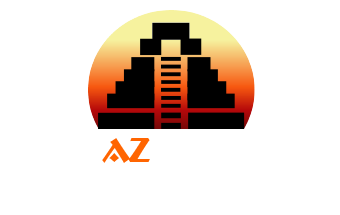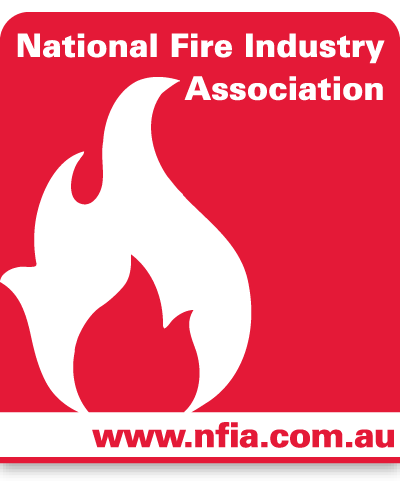Wet pipe sprinkler systems are complete fire suppression systems consisting of a water source, control valves, system drains, waterflow alarms, piping and sprinkler heads.
The pipes within this system contain water at all times. As soon as a sprinkler head “opens” water is immediately discharged. Because the systems are always “primed” with water, they cannot be exposed to freezing temperatures.
Wet pipe sprinkler systems can be found in low to medium rise public use facilities such as schools, activity centers and libraries. They can also be found in warehouses and manufacturing facilities.
Fire sprinklers can be automatic or open orifice. Automatic fire sprinklers operate at a predetermined temperature, utilizing a fusible element, a portion of which melts, or a frangible glass bulb containing liquid which breaks, allowing the plug in the orifice to be pushed out of the orifice by the water pressure in the fire sprinkler piping, resulting in water flow from the orifice.
The water stream impacts a deflector, which produces a specific spray pattern designed in support of the goals of the sprinkler type (i.e., control or suppression).
Modern sprinkler heads are designed to direct spray downwards. Spray nozzles are available to provide spray in various directions and patterns. The majority of automatic fire sprinklers operate individually in a fire. Contrary to motion picture representation, the entire sprinkler system does not activate, unless the system is a special deluge type.
Open orifice sprinklers are only used in water spray systems or deluge sprinklers systems. They are identical to the automatic sprinkler on which they are based, with the heat sensitive operating element removed.
Automatic fire sprinklers utilizing frangible bulbs follow a standardized color coding convention indicating their operating temperature. Activation temperatures correspond to the type of hazard against which the sprinkler system protects.
Residential occupancies are provided with a special type of fast response sprinkler with the unique goal of life safety.

